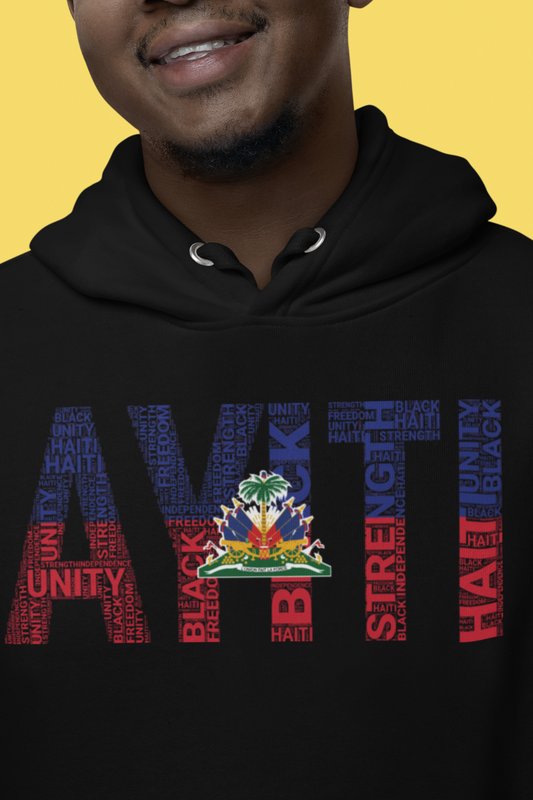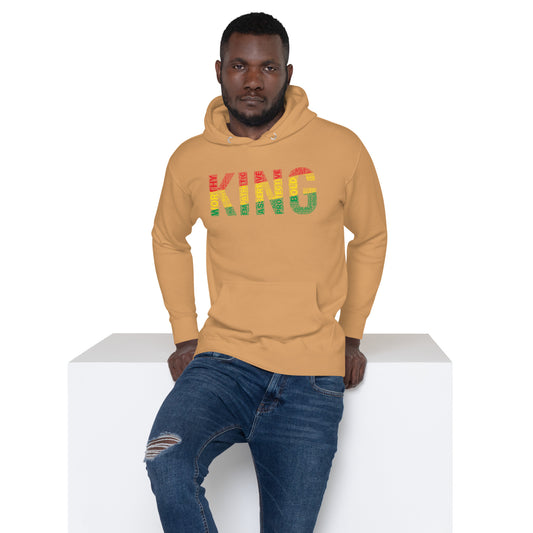Barbados is a Caribbean island. It occupies the easternmost island in the West Indies. Its name translates to, "The Bearded Ones."
HISTORY
Barbados has endured a sordid history. For decades, its resources were stolen for commerce by the British. This country has suffered many hardships as a result of European financial prosperity throughout history.
AMERINDIAN CIVILIZATION
The Arawaks were the first indigenous people to arrive in Barbados. Artifacts tell us that they did so sometime around 1623 B.C.E. These people were from Venezuela. They crossed oceans with long dugout canoes, challenging currents that prove nearly impossible for sailors to navigate in the present day. They bound their children's foreheads during infancy so that they would slope to a point.
The chiefs, known as the Calques, wore nose rings made of copper and gold alloys. The culture was an agricultural one. They grew cotton, guavas, corn, cassavas, and papaya. They also used harpoons and other fishing gear to catch their food from the ocean.
1200 CARIB INDIANS
The Caribs conquered the Arawaks in 1200. They were a taller and stronger tribe. These people were powerful bowmen and used poison to paralyze their prey.
ENGLISH COLONIZATION
Barbados was colonized by the Europeans in the 16th century. The Portuguese then claimed it for a short time, from 1532 to 1620. It was a British colony from 1625 until 1966.
1644-1700 SUGAR AND SLAVERY
Barbados' sugar industry was booming, but, underneath the massive economic success was a dark underbelly: slavery. Slaves were shipped from Cameroon, Nigeria, the Ivory Coast, Sierra Leone, Ghana, and Guinea. The sugar plantation owners were successful businessman who were willing to engage in extremely corrupt practices if it meant that they could earn more money.
In the 1600s, chaos ensued. There was the locust plague of 1663. Then there was the Bridgetown fire and a major hurricane in 1667. In 1668, there was a massive drought which ruined many crops.
There was massive rainfall in 1669, which contributed to the country's dire financial straits. Nonetheless, people continued to invest in sugar and slaves thinking this would bring them economic prosperity. By 1970, Jamaica and the Leeward Islands had surpassed Barbados when it came to the sugar industry.
1807-1838 ABOLITION, REBELLION, AND EMANCIPATION
Slavery was finally abolished in 1834. Immediately afterwards, a four-year apprenticeship was put into place: free men would engage in a forty-five-hour work week in exchange for living in the tiny huts which the plantation owners provided for them. Finally, freedom from slavery was celebrated in 1838. Over 70,000 Barbadians of African descent took to the streets, singing a Barbados folk song.
After this, the new citizens of Barbados took advantage of the incredible educational opportunities on the island. After they had received their education, fewer and fewer of them were willing to work in the cane fields. Instead, some of them gained prominent jobs on the island while others were satisfied with more common occupations.
Many people found themselves drawn to Barbados. It was thought to a place of healing. George Washington even went to the island for a short time, believing that it would cure his half-brother of tuberculosis.
1961-1966 INDEPENDENCE
The first English settlement in Barbados was Holetown in 1627. For decades, Barbados remained a British colony. Finally, Barbados gained its independence on November 30, 1966. They rose their flag, finally free.
INDEPENDENCE DAY CELEBRATIONS
Barbados celebrates its independence every year with quite a few festivals. People sing and dance. They share their artwork, writing, and photography. It's a celebration of the highest order.
HONOR BARBADOS' INDEPENDENCE WITH LEX PYERSE CLOTHING
Lex Pyerse believes that it's very important to honor diversity and celebrate independence. We have a line of hats and t-shirts that celebrate Barbados's independence. It is an incredible country full of wonderful people.





